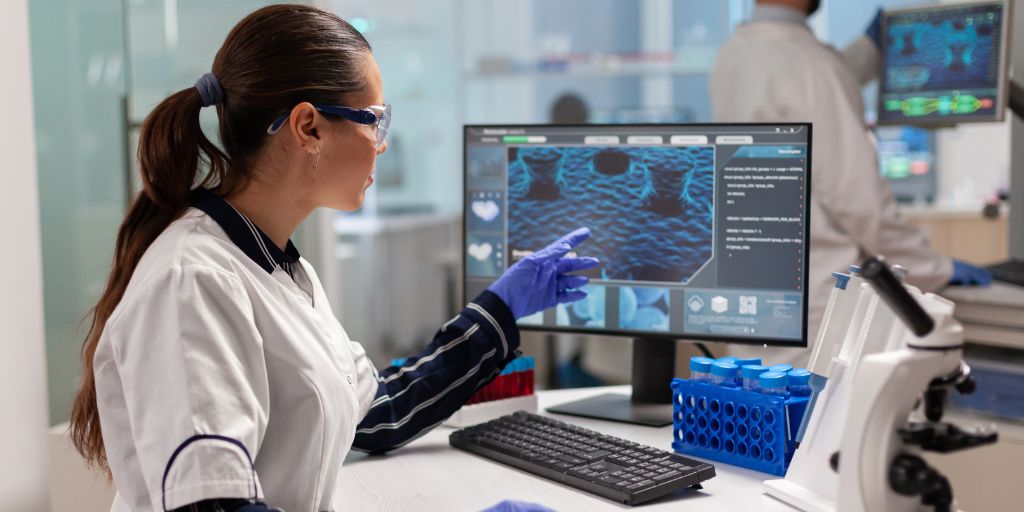
Armis, the leading asset visibility and security company, today released new research identifying the top connected medical and IoT devices that are exposed to malicious activity in clinical environments. Data analysed from the Armis Asset Intelligence and Security Platform, which tracks over three billion assets, found nurse call systems to be the riskiest* IoMT device, followed by infusion pumps and medication dispensing systems. When looking at IoT devices, IP cameras, printers and Voice Over Internet Protocol (VoIP) devices are topping the list.
By 2026 smart hospitals are expected to deploy over 7 million IoMT devices, doubling the amount from 2021. Medical and non-medical devices are increasingly connected, automatically feeding patient data from monitoring devices into electronic records. These connections and communications within a medical environment help improve patient care but also make it increasingly vulnerable to cyberattacks, which could result in the interruption of patient care.
Upon a comprehensive analysis of the data from all connected medical and IoT devices on the Armis Asset Intelligence and Security Platform, several noteworthy conclusions can be drawn:
- Nurse call systems are the riskiest connected medical devices, with 39% of them having critical severity unpatched Common Vulnerabilities and Exposures (CVEs) and almost half (48%) having unpatched CVEs.
- Infusion pumps are second, with 27% having critical severity unpatched CVEs and 30% having unpatched CVEs.
- Medication dispensing systems are in third place, with 4% having critical severity unpatched CVEs, but 86% having unpatched CVEs. Moreover, 32% run on unsupported Windows versions.
- Almost 1 in 5 (19%) connected medical devices are running unsupported OS versions.
- More than half of IP cameras we monitored in clinical environments have critical severity unpatched CVEs (56%) and unpatched CVEs (59%), making it the riskiest IoT device.
- Printers are the second riskiest IoT device in clinical environments, with 37% having unpatched CVEs, and 30% having critical severity unpatched CVEs.
- VoIP devices are in third place. Although 53% of them have unpatched CVEs, only 2% have critical severity unpatched CVEs.
“These numbers are a strong indicator of the challenges faced by healthcare organisations globally. Advances in technology are essential to improve the speed and quality of care delivery as the industry is challenged with a shortage of care providers, but with increasingly connected care comes a bigger attack surface,” said Mohammad Waqas, Principal Solutions Architect for Healthcare at Armis. “Protecting every type of connected device, medical, IoT, even the building management systems, with full visibility and continuous contextualised monitoring is a key element to ensuring patient safety.”
Armis secures all medical assets and patient care environments in some of the largest healthcare delivery organisations around the world:
“Metrics and accountability are key to understanding how to protect the hospital’s network, and Armis has a major role in making the relevant data available to us in an easy-to-access manner. It has definitely filled in the gaps in our security arsenal by uncovering risks we never knew about previously. At first, I thought Armis was a nice-to-have, but now it’s become an integral part of our cyber defense,” said Dr. Michael Connolly, Chief Information Officer (CIO), Mater Misericordiae University Hospital.
KLAS Research recently named Armis a top performer at the 2023 Best in KLAS Software & Services Report for Healthcare IoT Security. To learn more about how Armis enables healthcare organisations to identify and secure IoMT, IoT, OT and IT assets please visit: https://www.armis.com/cybersecurity/healthcare/
Armis is attending HIMSS April 17-21, 2023 in Chicago, IL with a speaking session taking place on Wednesday, April 19, 2023 from 3:45pm – 4:05pm CT titled: Hackers Rush in Where Agents Fear to Tread. To meet with Armis at HIMSS, please visit booth 2276 or Kiosk 4309-48 in the Cyber Command Center.
To understand what role you can play in strengthening cybersecurity for your healthcare organisation, book a demo.
*Armis defined the riskiest device types by looking at all connected medical and IoT devices on the Armis Asset Intelligence and Security Platform and identifying which types have the highest percentage of devices with unpatched critical severity Common Vulnerabilities and Exposures (CVEs).








